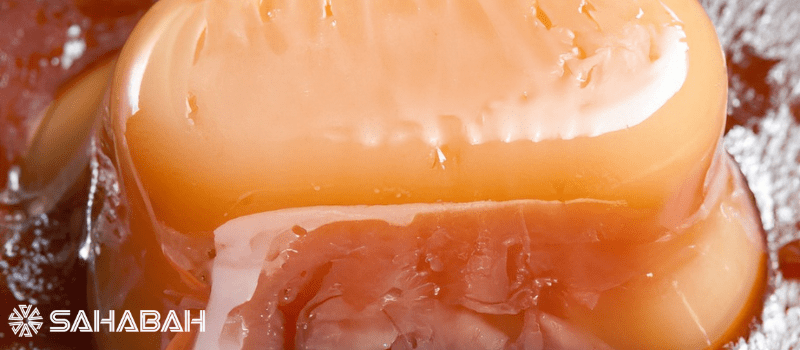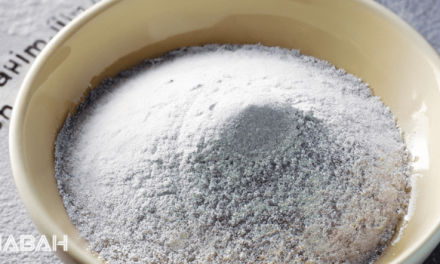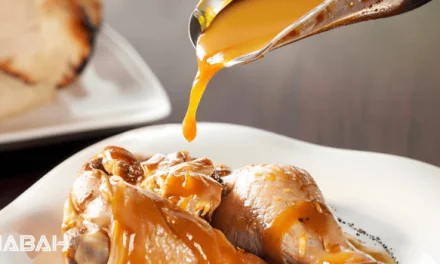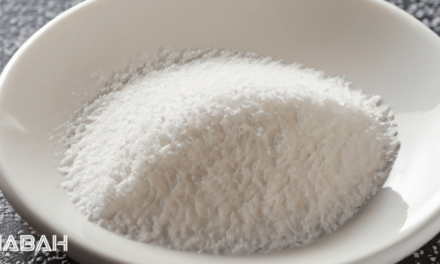Shellac is a resin secreted by the female lac bug, on trees in the forests of India and Thailand. It is processed and refined to create a glossy coating used as a glaze, primer, sealer and food coating. The debate around shellac centers on whether it is permissible (halal) or prohibited (haram) for consumption according to Islamic law.
There are several angles to this issue:
- Origin and processing of shellac
- Secreted by the lac insect
- Harvested from trees and refined to remove impurities
- Consumption of insects in Islam
- Most Islamic schools prohibit consumption of insects
- But some permit insects like locusts
- Use of shellac as a coating vs direct consumption
- Coatings may undergo transformation in processing
- Different rules than direct consumption
Given these considerations, Islamic scholars differ on the permissibility of shellac. This article will explore the key arguments on both sides of this debate.
Arguments That Shellac is Halal
A number of Islamic scholars and bodies argue that shellac is permissible to consume. Their reasoning includes:
- The lac insect is not killed in shellac production
- Shellac is a resin secreted by the insect, not its body parts
- Harvesting shellac does not require killing the insect
- Shellac undergoes transformation during processing
- Impurities are removed, changing its nature
- According to the principle of istihalah, this makes it permissible
- Shellac is used as a coating, not directly consumed
- More leniency for indirect ingestion
- Coating is minute compared to actual food
“We do not recommend shellac as haram because it goes through a complete metamorphosis in the manufacturing process.”
Thus, these scholars regard shellac coatings as permissible for observant Muslims to consume.
Arguments That Shellac is Haram
On the other hand, some Islamic scholars and bodies regard shellac as prohibited to consume. Their arguments include:
- Shellac originates from an insect
- Insects are considered impure (najis) in Islam
- Consumption of insects is haraam for most Muslim schools
- The lac insect itself may be killed
- Insect can be crushed during harvesting
- Questions around whether harvesting avoids killing
- Alternatives like plant-based coatings exist
- No need to rely on insect-derived shellac
- Choosing alternatives avoids doubtful (mashbooh) foods
“Shellac is a secretion of lac insect which makes it impermissible to consume according to Islamic law”
Based on these points, some Islamic scholars prohibit shellac as a haram substance for observant Muslims.
Key Points of Debate
There are several areas of disagreement among Islamic scholars when it comes to the permissibility of shellac:
Killing of the Lac Insect
- Unclear if harvesting shellac causes death of the insect
- Some state no insects harmed
- Others question if crushing can occur
- Need more transparency around shellac harvesting process
- Companies should provide details on insect welfare
Transformation During Processing
- Unclear if shellac undergoes istihalah (transformation)
- Some state chemical change occurs
- Others argue original insect source remains
- Need more details on production and chemical composition
- Manufacturers should be transparent about methods
Direct vs Indirect Consumption
- Questions around leniency for coatings vs food directly consumed
- Some argue coatings have different rules
- Others state no difference in origin of item
Frequently Asked Question – Is Shellac Halal
Shellac is a resin secreted by the female lac bug, found in the forests of India and Thailand. The issue of shellac’s halal status has been discussed by various Muftis and scholars.
What do Muftis say about the permissibility of shellac?
Most Muftis are unanimous that shellac is permissible and considered halal for consumption. The consensus is based on the understanding that shellac is a natural resin and not impure.
Is there any specific fatwa or ruling about shellac?
Yes, scholars from renowned institutions like Darul Uloom have issued fatwas declaring shellac as halaal. Organizations like SANHA have also detailed the permissibility of shellac in their halal certification guidelines.
What is the source of shellac?
Shellac is derived from the resin secreted by the female lac bug, which is commonly found in the forests of India and Thailand.
Is shellac considered halal or haram?
According to the majority of scholars, shellac is considered halal. The unanimous agreement among Muftis supports the permissibility of consuming shellac as it is not defined as haram in any religious text.
Can shellac be considered impure?
No, shellac is not considered impure. The natural process through which it is obtained and the absence of any impurities make it permissible to eat.
Can shellac be used as an ingredient in food products?
Absolutely. Shellac is often used as an ingredient in various food products as a glazing agent, particularly in confectionery and coating applications. It provides a glossy finish and acts as a protective coating.
Is there any historical evidence supporting the permissibility of shellac?
The use of shellac has a long history dating back hundreds of years. Scholars have researched the subject extensively over the years and exhausted every possible angle. The unanimous agreement among Muftis further reinforces the notion that shellac is halal.
What is the significance of shellac in the context of Islamic Fiqh?
Shellac is an important consideration in Islamic Fiqh (Jurisprudence) as it pertains to dietary laws and permissibility of certain substances. The ruling of shellac being halal has been widely accepted by various muftis on the issue.
Conclusion
The permissibility of shellac in Islam remains a complex debate with reasoned arguments on both sides:
- Those in favor emphasize that the lac insect is not killed, shellac is transformed in processing, and that coatings have more flexibility than direct food consumption.
- Those prohibiting shellac stress that it originates from an insect, lac bugs may be killed in harvesting, and alternatives exist.
Key points of contention include:
- Whether shellac harvesting avoids killing the lac insect
- If chemical transformation occurs during processing
-
Whether leniency can be granted for indirect consumption as a coating
-
More research is needed by Islamic scholars on shellac production methods and its chemical composition after processing.
- Manufacturers should aim for greater transparency around shellac supply chains and insect welfare.
Ultimately, observant Muslims should consult their local religious authorities to determine if shellac is permitted based on their school of thought. Given the differences of opinion between scholars, further examination is required within the Muslim community to conclusively decide shellac’s status according to Islamic l





